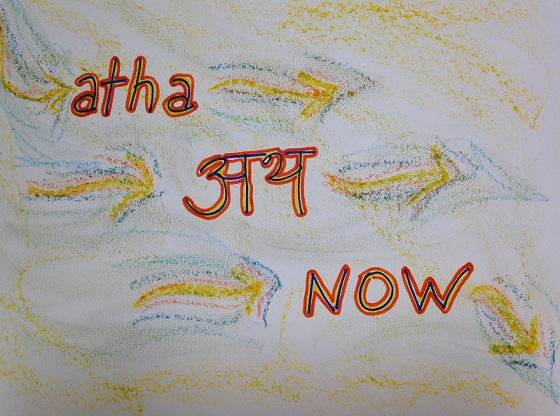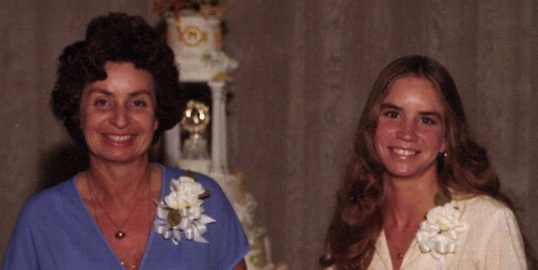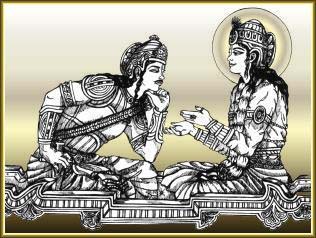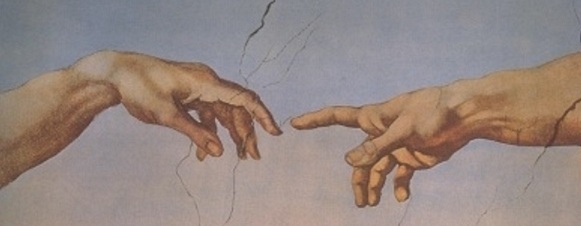Thanksgiving is my favorite holiday, in part because it falls on a Thursday and therefore feels like a nice luxurious four day break as we move toward the depths of the darkest part of the year. Like so many of our holidays, Thanksgiving means different things to different people: a time to be with family and give thanks for the bounty in our lives, gorge ourselves on food, watch football, enjoy naps and reading, or shop ‘til you drop. I invite you to take a moment to consider what Thanksgiving can mean for you.
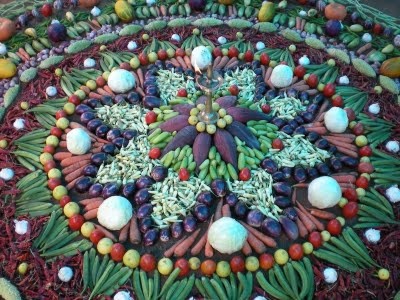
I love Thanksgiving because for me it is a holiday of gratitude. As with any holiday, you can make it what you want, and I choose to make it about gratitude. So I set this as my samkalpa, my intention, to focus on everything I’ve been given, the preciousness of life, of my loved ones, of my path.
It is an opportunity to pause and remember all that we have been given in this lifetime. As we go about our day-to-day business, our awareness is often pulled to what is wrong, often by necessity. Like if the electricity goes off, or a pipe breaks, or the floods come, we have to deal with it, both practically and emotionally. But often our focus is inordinately on what is wrong, what we see as problematic, old pains and suffering. And we forget to remember what is right, what is good, what I HAVE instead of what I don’t have.
One of the things that Thanksgiving and the December holidays can bring to us, is the opportunity to be with our birth family. This can be pleasant or not so pleasant, but it is an opportunity, especially if it IS challenging. This is where we can discern how our yoga practice is actually working. It gives us an opportunity to watch how the cycle of our thoughts and emotions arise from our old patterns, and depending on our response to those impulses, we reiterate the patterns, or we have the choice to begin to break free.
So for example, you find yourself in a situation with your family or old friends in which buttons begin to get pushed, some old patterns of behavior want to arise, perhaps someone starts treating you like you were 12 years old still, or people expect you to behave some way you always have, or someone else’s behavior pattern reminds you of some old painful and unresolved dynamic. So what do you do? Do you choose to reactivate and reinforce that particular pattern? Are you getting sucked into some old story like getting engrossed in an old movie you’ve outgrown but can’t seem to extract yourself from?
Or do you take a pause, breathe and access a deeper self that you’ve been connecting to via your practices, remembering who you really are inside, and who you want to be. Can you remember to identify with this deeper self, your center, your essence, your heart? Remember to pause and remember your intention. Remember what Thanksgiving is really about, give thanks and gratitude to the teachings that have helped you remember to take that pause, and even thanks as well to the person that is allowing you to practice what you’ve been learning and demonstrate how far you’ve come along the path of yoga.
For many of us on the path of yoga, the holidays can be challenging with our relatives simply because our lifestyle is so different, and at times I had a certain self-righteousness around that. I would be so aghast at the food on the menu, at what I considered the ill health of my relatives on so many levels, that I forgot to appreciate: there’s grandma, there’s grandpa, and there’s mom…and how much they all loved me, had supported me in so many way. And now all of those people are gone. I missed many opportunities to be thankful for what was present and RIGHT because I was so focused on what I thought was WRONG. Luckily in later years when they were still alive I did learn to appreciate them, and express my gratitude, but there were many lost years of just being sulky.
Which brings me to another way holidays can affect us: as we’ve lost people who are dear to us, the holidays can be a sad and therefore hard time of the year. As I express this, I get a little choked up and sad about how I have no grandparents, no parents , or no kids or no grandkids with which to celebrate.
Here again is where remembering is so important. And it is not a matter of stuffing feelings, the feelings are real, they’re there, and they’re OK. I give them some space, allow myself to feel some of the sadness, and then I remember: life is precious, life is short, and I DO have a lot to be grateful for. I treasure the memories and what I do have in my life now.
Gratitude can be a year round practice that can really shift your life, even if it is simply considering each day what has gone right instead of focusing on what goes wrong. When you’re feeling challenged, when you’re feeling down, when your heart is feeling concealed, pause and reflect: What do you have to be grateful for?
Even in the darkest days, so much is going right for us. Sitting here in my office I notice: I am breathing, I have warm clothes, my computer is working, I have a sweet cat. These I can see just looking around me for 5 seconds.
I am also grateful for the challenges in my life, the challenging situations and people, for they teach me how to be a better person. They remind me to move beyond the surface to access my greater self, and to remember that same place is underneath the surface of everyone.
I am so grateful for having found yoga, for the great teachings of yoga, for all my teachers, everything they have taught me that flows through me now. I am grateful for all the great beings who have walked the path before me.
I am so grateful to each of you, for taking the time to read this, for showing up, for considering deeply these teachings, for walking the path of yoga, working to create a deeper connection with yourselves and thereby making the world a more loving place.
I would love to hear from you about Thanksgiving and the practice of gratitude.
What meaning does the Thanksgiving holiday have for you?
Do you have a particular intention for this holiday you can explicitly articulate?
What are you most grateful for in your life?



